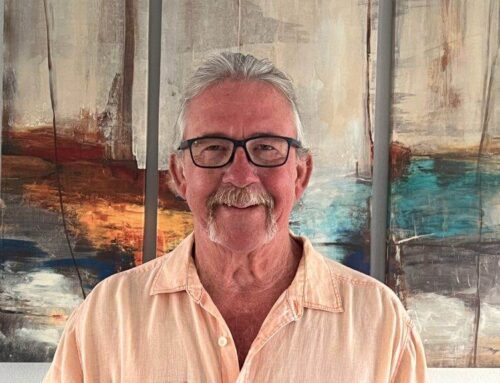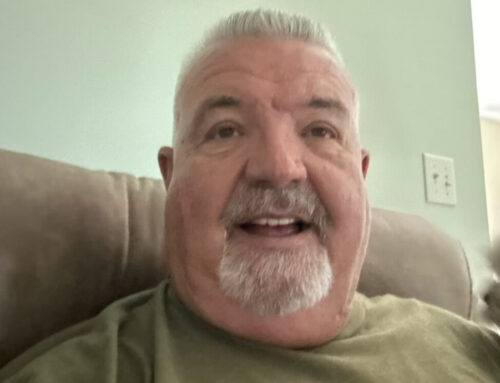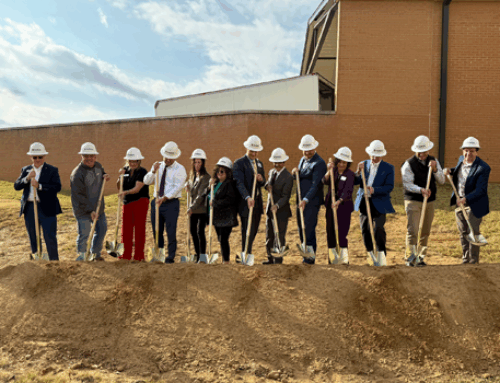[Editor’s comment: This appeared on the facebook page of Sean Dietrich and popped up on mine. I’m not sure why as I don’t have the pleasure of knowing Mr. Dietrich. I smiled when he was gracious enough to give me permission to include this in Hallmark Times. With so much instability, uncertainty, and so many disheartening stories in the world today…so many negative stories, I feel this merits a read. Hearts need this. I believe under similar circumstances, these words could have been written about any of Mr. Dietrich’s Great American Small Towns…like the ones in our area.]
Mendon, Missouri. Population 171. There’s really nothing here. The tiny town is located off Route 11, just south of Yellow Creek. You’re three hours west of Saint Louis, two hours east of Kansas City.
It’s quiet. No attractions. No major landmarks. Nobody famous ever lived here unless you count Vern Kennedy, right-hander for the White Sox, circa 1934.
If you’re looking for entertainment in Mendon, your main option is Busch Light. But you’ll have to drive all the way to Brunswick to find a liquor store.
“We are just country folk,” said Mendon native Carol Ann Wamsley, “and that’s what makes us a special place.”
At its heart, Mendon is a railroad town. The first iron tracks were laid in 1887. Within a decade, a town sprang up. You had a few dozen storefronts, a school, a newspaper, and a couple churches with steeply conflicting views on eternal damnation. Most of that is gone now.
Today, the Atchison Topeka & Santa Fe Railroad line still passes the northwest side of the community, only now it’s the Southern Transcon Railroad.
The Amtrak Southwest Chief runs through town regularly. On summer afternoons you can see the Amtrak locomotive in the distance, racing across the prairie like a polished chromium bullet. But the train never stops here. It just keeps moving.
Until last week [June 27, 2022].
It was a Monday that will live in infamy. The Southwest Chief made an unexpected stop near Mendon, of all places.
The Chief was traveling 87 mph, bound for Chicago. There were more people aboard than there are living within Mendon’s city limits.
Up ahead a dump truck was on the tracks. The truck was obstructing the crossing of County Road 113. This was not a small truck. This was a vehicle about the size of a Sonic Drive-In.
The train never slowed.
The sound of the collision could be heard from as far away as Westville. It was the noise of two General Electric diesel locomotives and seven Superliner cars plowing into a mass of Dearborn steel. The train was derailed.
Ron Goulet was riding coach.
“…I was airborne. Everything was tumbling. People on top of people. The train rolled on its right side—the entire train, except for the front locomotive.”
Carry-on bags went everywhere. Elbows collided with craniums. Shoes crashed into jaws. Children clashed against the ceiling.
“When I climbed up and out of the train…” said Ron, “I was stunned that the entire thing was lying on its side. Not in a jumbled mass, but all laid over on the side.”
The story made national headlines, of course. Reporters from national newspapers visited. They photographed, videoed and wrote. Cable news anchors wore frowny faces and mentioned the wreck, just before cutting to commercials urging elderly viewers to reverse mortgage their livers.
But somehow, the bigger story about what happened in Mendon was lost. Somehow, you didn’t hear about Mendon’s magnificent people.
Sure, you heard about the wreck itself; the 150 injured, and the four fatalities. But you didn’t hear about how the residents of Mendon—nearly every single resident—rushed to the scene of the accident.
Throngs of ordinary townspeople arrived before first responders even knew about the crash. There were volunteers crawling out of the wallpaper.
“It was a wonderful problem to have,” said school district superintendent, Eric Hoyt, “but we probably had too many volunteers show up.”
People came from all over Chariton County, riding beat-up Silverados, ATVs, or arriving on foot. They came from Sumner, Marceline, Cunningham, Brookfield and Indian Grove.
Two Boy Scout troops dutifully helped injured victims from the wreckage. Local high-schoolers were fashioning bandages out of bandannas. Old women recited the Lord’s Prayer alongside strangers in blood-stained clothes.
There were farmers, off-duty nurses, truck drivers, soccer moms, Little League coaches and grade-schoolers. They were doling out food, first aid, bottled water and, most importantly, phone chargers.
Victims were taken to local homes, fed, bathed and bandaged. Weeping passengers were embraced by rural preachers. Passengers using wheelchairs were lifted from the rubble by young men in ropers and camouflage caps.
Local schoolbus drivers transported the wounded to hospitals. Northwestern High School staff members triaged victims in the gymnasium and fed people in the cafeteria.
One resident said that Mendon didn’t feel like a 171-person town anymore. “It was like 671 people came together.”
And the most unusual thing about all this is: None of this is unusual. At least not within the national tapestry that is The Great American Small Town.
Although we rarely hear about such acts of compassion and lovingkindness within our society, believe me, they happen. Every day. Every hour. Ordinary Americans will astound you with their goodwill. Sadly, ordinary American journalists aren’t interested in being astounded by such things.
Either way. Now you know the rest of the story. — Sean Dietrich






